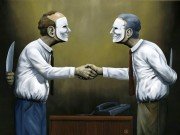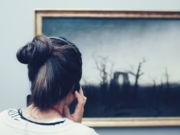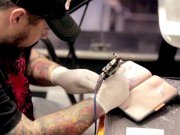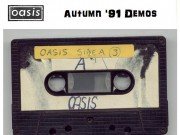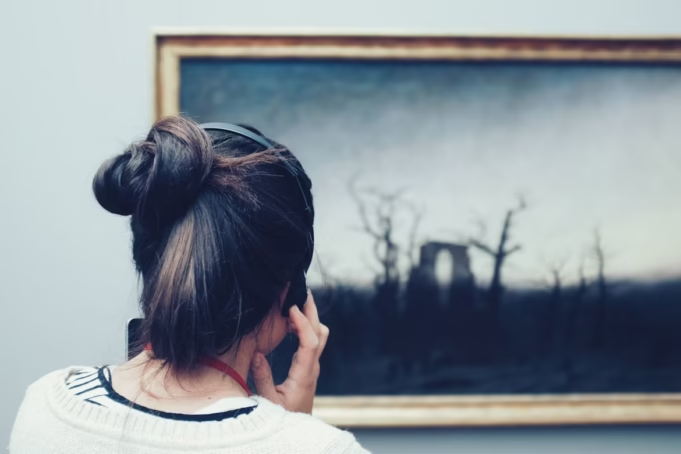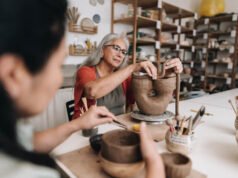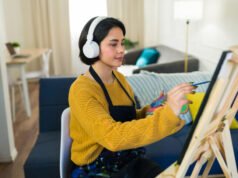Throughout human history, creative expression has served as both a cultural marker and a personal refuge.
Painting, music, sculpture, dance, and countless other mediums have allowed individuals to communicate feelings too complex for words. For some, this form of self-expression goes beyond aesthetics—it becomes a catalyst for emotional release and psychological healing.
In moments of solitude or struggle, even unexpected activities can offer comfort and focus, much like enjoying a casual round of entertainment such as big small game online money withdrawal, where simple engagement provides a mental pause before returning to deeper, reflective processes.
Understanding the Psychotherapeutic Role of Art
Art therapy emerged as a recognized field in the mid-20th century, blending psychological insight with creative techniques. Instead of relying solely on verbal dialogue, it uses painting, sculpting, or movement as alternative languages for emotional exploration. Many people find that creating something tangible allows them to express suppressed thoughts without the limitations of spoken conversation.
Therapists often observe that individuals who struggle with anxiety or trauma may find relief when their inner experiences are transformed into visual or auditory forms. This process can reduce internal tension and foster a sense of clarity. Over time, these sessions encourage the development of coping mechanisms that extend beyond the therapy room.
How Artistic Expression Influences Mental States
The connection between creativity and mental health is supported by neuroscience. When engaging in an artistic task, the brain activates regions linked to pleasure, focus, and emotional regulation. This neurological activity can help balance stress hormones and promote relaxation.
People often report feeling a meditative state while immersed in creative work. Whether blending colors on a canvas or molding clay, the act shifts attention away from intrusive thoughts. This shift not only improves mood but can also help in building resilience against recurring stressors.
Forms of Creative Engagement with Therapeutic Value
While formal art therapy involves professional guidance, everyday creative activities can also deliver psychological benefits. Some popular forms include:
- Drawing or sketching to visually map emotions
- Playing an instrument to channel energy into sound
- Writing poetry to articulate complex feelings
- Crafting objects as symbols of personal transformation
Art as a Bridge for Trauma Recovery
Survivors of traumatic events often face difficulties articulating their experiences. Traditional talk therapy may feel overwhelming or even impossible at first. Artistic approaches create a safer environment for expression because they do not demand immediate verbal disclosure.
In post-trauma settings, guided art projects can help individuals gradually reconnect with their sense of self. The imagery or symbolism used in their work often reveals subconscious struggles, enabling therapists to guide them toward resolution. In this way, art serves as both a shield and a mirror—protecting while also revealing hidden aspects of the psyche.
Community and Shared Healing Through Creativity
Engaging in art within a group context adds another layer of therapeutic potential. Collaborative projects encourage trust-building and collective expression. Participants can experience a sense of belonging as they share their creations and stories.
Community art programs in hospitals, rehabilitation centers, and shelters often show measurable improvements in participants’ emotional stability and interpersonal skills. Group murals, for example, not only beautify public spaces but also serve as lasting reminders of shared resilience.
Integrating Art into Daily Self-Care Practices
Therapeutic benefits from creativity are not limited to structured therapy sessions. Incorporating small acts of artistry into daily life can support ongoing mental wellness.
Simple habits like journaling, doodling during breaks, or experimenting with photography can provide moments of reflection and calm. By making creativity a consistent part of one’s lifestyle, the mind is given regular opportunities to decompress, process, and regenerate.
Tips for Starting a Personal Creative Practice
- Set aside a small, consistent block of time each week for a creative activity
- Avoid self-criticism; focus on the process rather than the final product
- Experiment with different mediums until you find one that resonates
- Use creativity as a tool for tracking emotional changes over time
The Lasting Value of Artistic Healing
Beyond its immediate calming effects, artistic engagement can produce enduring changes in self-awareness and emotional strength. Individuals who maintain a creative outlet often develop improved problem-solving abilities and greater empathy for others.
By transforming internal struggles into tangible works, people not only release emotional burdens but also build a personal archive of growth. These creations become physical proof that pain can be reshaped into something meaningful and beautiful.



